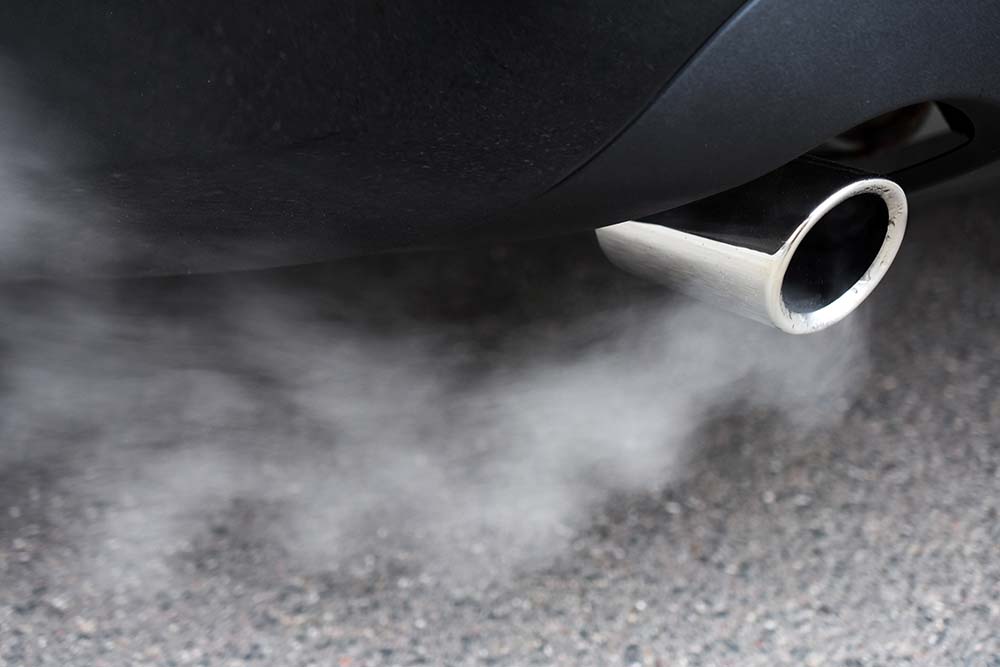
The UK government’s plan to ban the sales of new petrol and diesel vehicles by 2040 dominated the news and media headlines this summer.
Commentators speculated on the death of the internal combustion engine. Around the country drivers were contemplating the potential reduced value of their vehicles.
The move to improve air quality is part of the government’s ‘UK Plan for Tackling Roadside Nitrogen Dioxide Concentrations’. Next year the government will publish a further comprehensive ‘Clean Air Strategy’, addressing how they plan to reduce other sources of air pollution.
What does the 2040 vehicle ban really mean?
Whilst the headlines may lead people to believe that 2040 will see all petrol and diesel cars and vans removed from the streets; the reality is that the government ban only covers the sale of NEW petrol or diesel models. This means that conventional petrol or diesel cars and vans bought and on the road before this deadline, will still be able to be used.
Similarly, Hybrid vehicles (which combine a conventional engine with an electric motor) will still be sold after 2040. So this ban won’t mean the end of new petrol- or diesel- engine models in car showrooms and forecourts of van dealers.
The rise of alternate fuelled vehicles
22 years can be a long time in motor vehicle technology. Looking at the difference between vehicles from 1995 and now, its easy to anticipate that technology developments will accelerate even faster in the future. It’s therefore likely that things will be very different in 2040, compared to 2017 – without any government intervention.
Figures released from The Society of Motor Manufacturers and Traders (SMMT) early this year, showed that registrations of alternatively fuelled vehicles (AFVs) have grown more than threefold over the past five years.
This includes; hybrids, plug-in hybrids, plus fully electric and hydrogen powered vehicles. The choice for customers is also expanding. Currently over 80 different alternatively fuelled cars and vans are available to British buyers, from city cars to SUVs, saloons, and sports cars.
Whilst demand for AFVs is growing, it is clearly still at a low level compared to petrol and diesel vehicles. Customer apprehension is currently restricting further growth. Factors for concern include; the high price of AFVs compared to their conventional counterparts, the restricted travel range of fully electric vehicles before the need to recharge, and the lack of available infrastructure (hydrogen fuel stations and electric charging points). These all prey on the minds of car buyers.
Improvements in all these factors will no doubt be achieved in future years, leading to a greater adoption of AFVs. However getting the public onside is not the only challenge.
Some bumps in the road to a green future
If the government go ahead with their plans for 2040, experts have warned that a large-scale change in the UK to electric power would place unprecedented strains on the National Grid. It is reported that peak demand for electricity could increase by 50%, against a current peak of 61 GW.
The extra electricity needed would require the equivalent total power output of ten new Hinckley Point C nuclear power stations. This would cost around £200 Bn, based on current cost estimates for the construction of Hinckley Point.
Currently electric vehicles account for just 4% of car sales. Concerns have also been raised about whether Britain will have enough charging points for the new generation of cars. Today there are 13,000 electric vehicle charging points in publicly accessible locations. It is predicted that the number of such points will increase to 80,000 by 2025.
Many charging points will be on the car parks of supermarkets, railway stations and shopping centres. But, a large number will be required in domestic streets. It is currently unclear as to who would foot the bill for such infrastructure.
Another issue is likely to be the lack of the rare minerals required for the large-scale future production of batteries. Battery makers are struggling to secure supplies of the key ingredients required in these large power packs; mainly cobalt and lithium. Currently the plans of both battery and vehicle manufacturers rest on the mining sector finding more deposits of these precious minerals.
The impact on the turbo aftermarket
It’s difficult to accurately predict the likely impact on the turbo aftermarket. Working on the basis that conventional petrol and diesel vehicles could be on sale up to 2039, and assuming an average 15-year vehicle lifespan, conventional vehicles would still be around into the 2050’s.
Also, if hybrids using turbo assisted internal combustion engines alongside electric motors remain popular, the need for turbo replacement / repairs is highly likely to continue towards the 22nd century.
The adoption of hydrogen internal combustion engines could be the ideal solution from many perspectives. Hydrogen engines burn fuel in the same manner that petrol engines do, and require relatively minor engineering design modifications from current engines. They are also refuelled in similarly to current petrol / diesel vehicles, so it would seem relatively simple to adapt the existing fuel station infrastructure.
Typically, hydrogen engines are designed to use about twice as much air to enable complete combustion. Unfortunately, this reduces the engine’s power output to about half that of a similarly sized petrol engine. To make up for the power loss, hydrogen engines are usually equipped with turbochargers or superchargers.
So, whilst it’s tough to precisely forecast exactly what will happen, there are enough indications to show that the turbo aftermarket should remain healthy for many years to come.
Also see; How the internal combustion engine is being refined in 2017.


